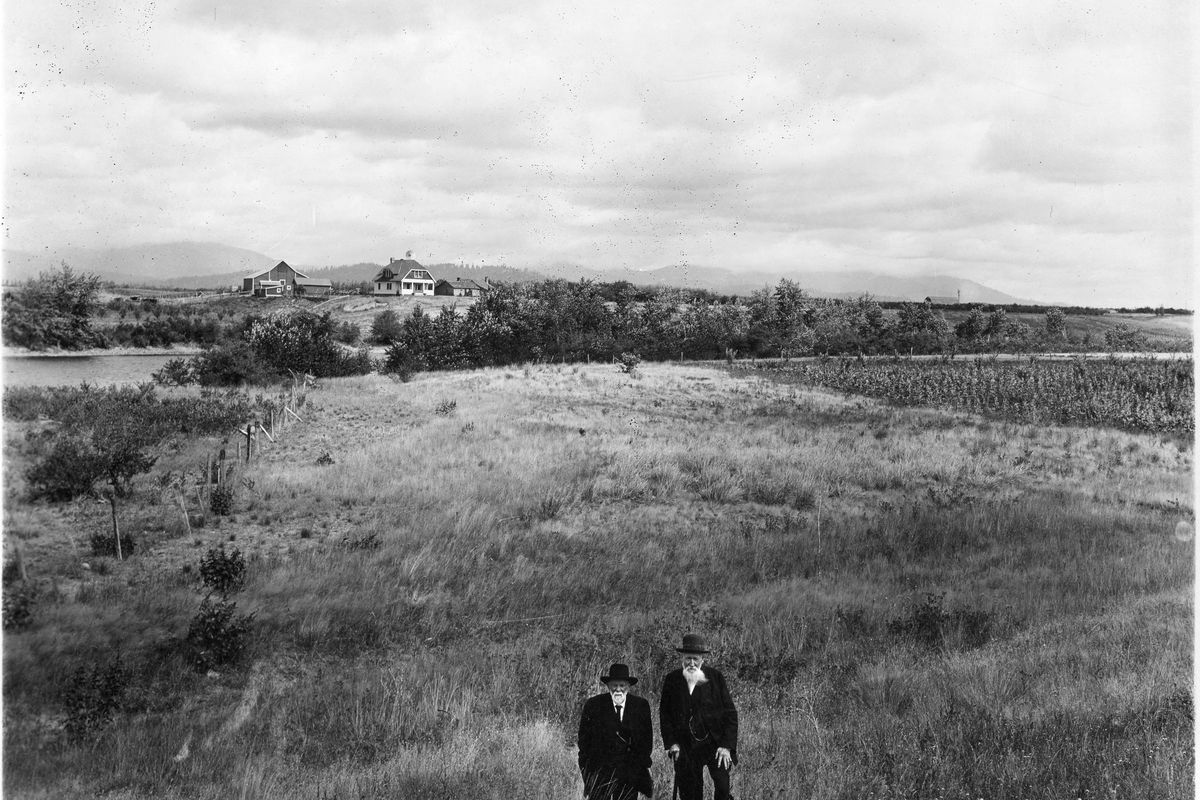Then and Now photos: Horse slaughter
U.S. killed Indians’ herd of 800 in 1858

In 1858, Eastern Washington was still closed to outside settlement, but hardy trappers, prospectors and traders traversed the region.
After Indians killed two prospectors, Lt. Col. Edward Steptoe was sent to investigate, sparking a running 10-hour battle with Indians near modern-day Rosalia. Steptoe and the remnants of his unit survived only by retreating under cover of darkness.
In retaliation for the humiliation, Col. George Wright took revenge against the Indians, including the Coeur d’Alene, Spokane and Palouse Indians, who kept a herd of horses numbering 800 or more, along the river east of Spokane. Wright sent two companies of soldiers to slaughter the animals and destroy the shelters and feed stored for the animals, which took two full days in September.
The Army considered the stock to be unbroken and unusable, but the herd represented military potential and a source of food in an emergency. The move effectively disarmed the tribes and led to cases of winter starvation. The bleached bones are still buried under the grassy banks of the Spokane River. A stone monument was erected in 1946 to mark the site of Horse Slaughter Camp. Today, the Centennial Trail winds through the area where the horses were killed.
– Jesse Tinsley